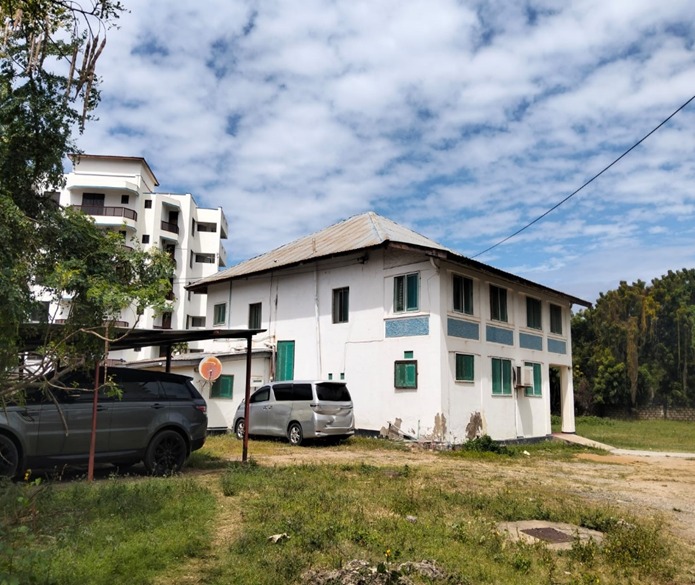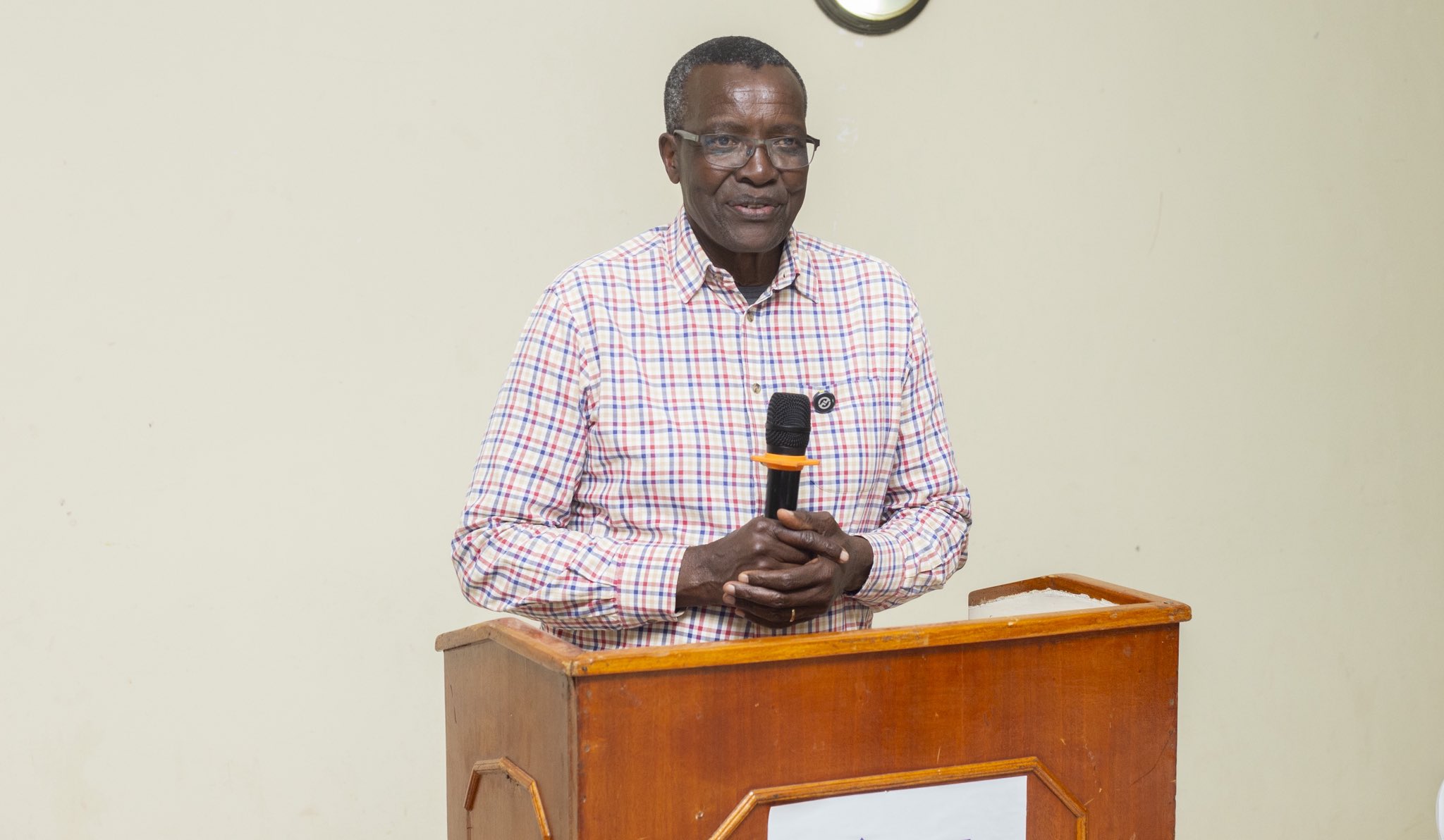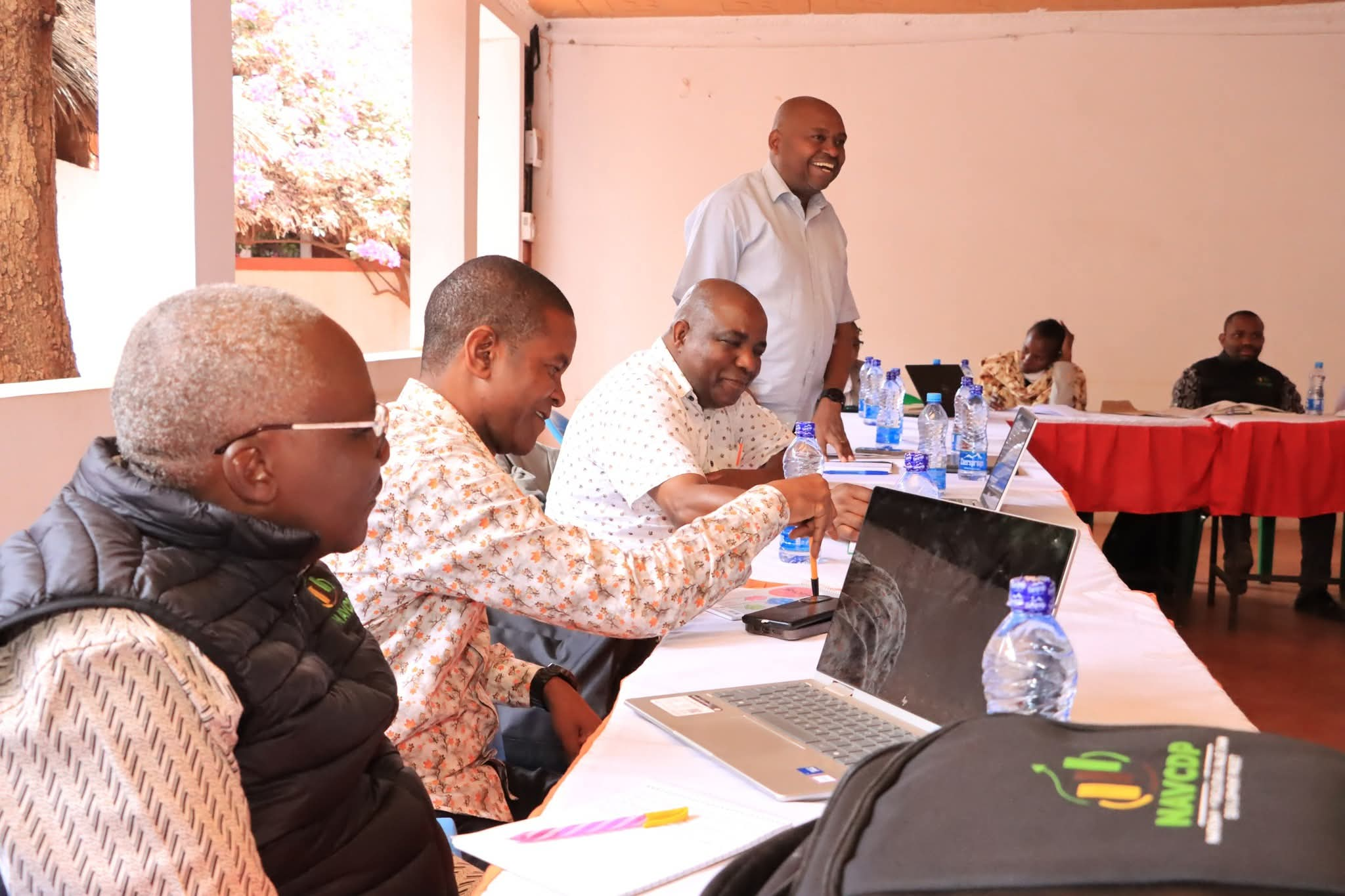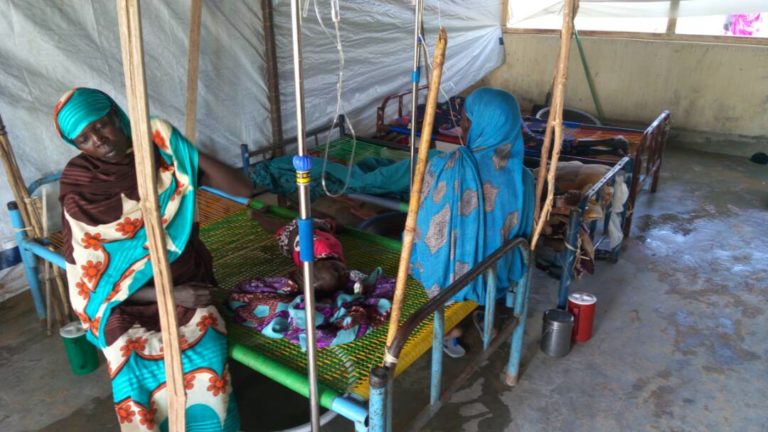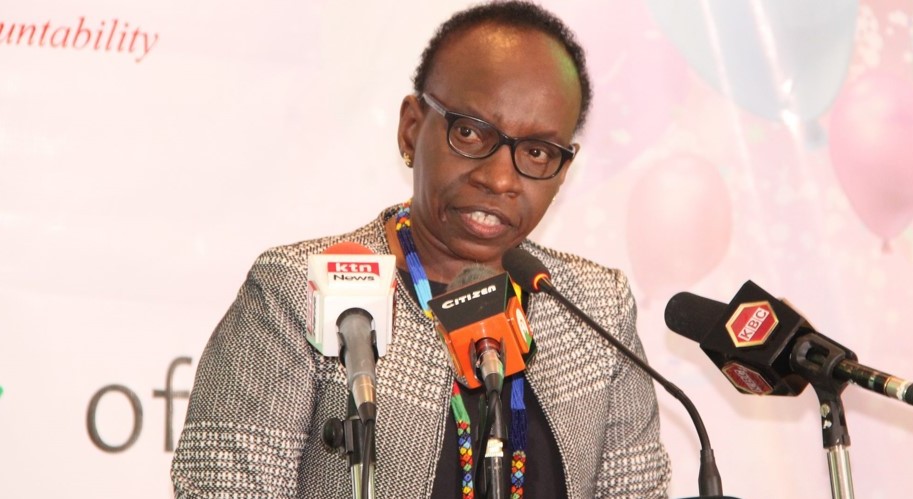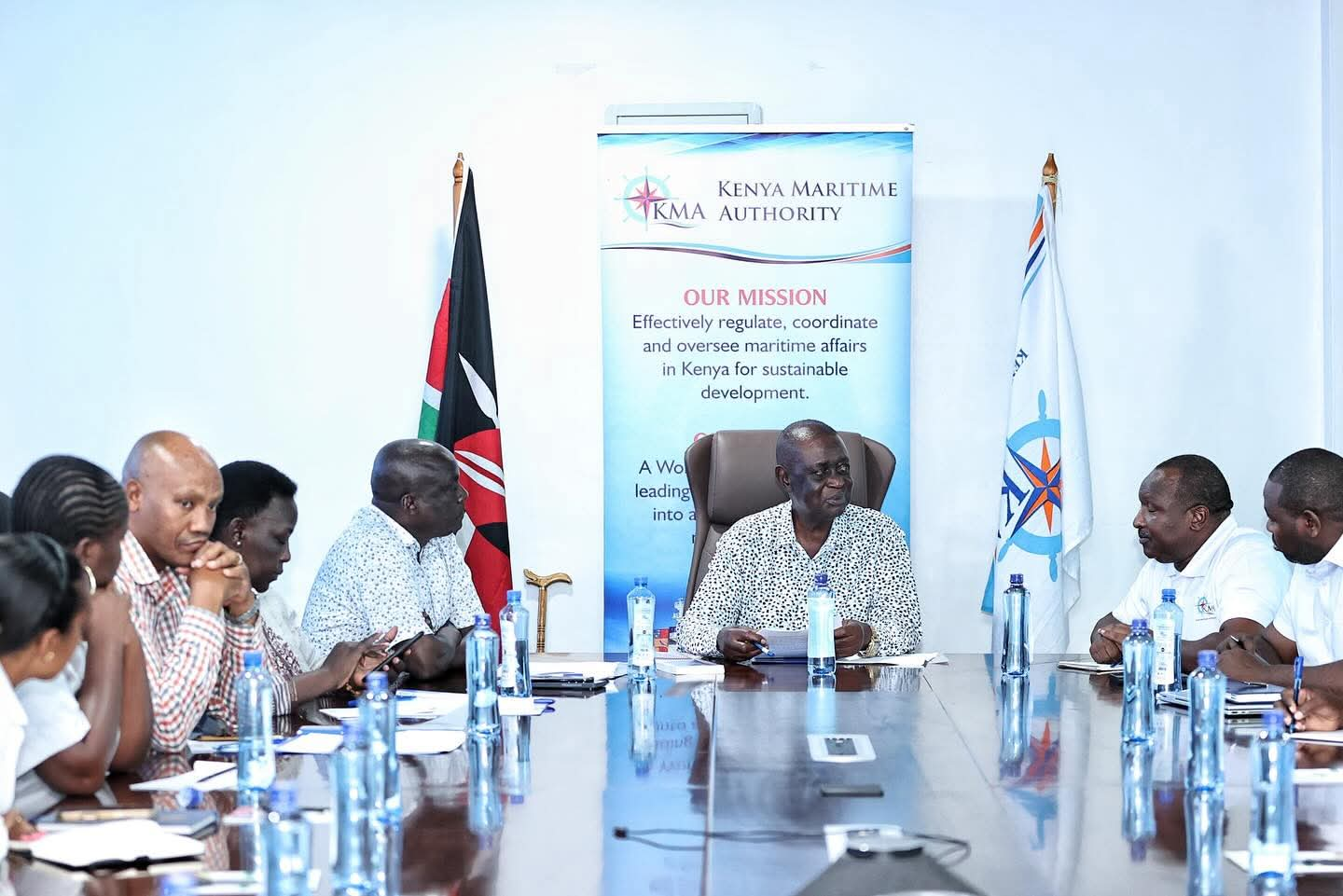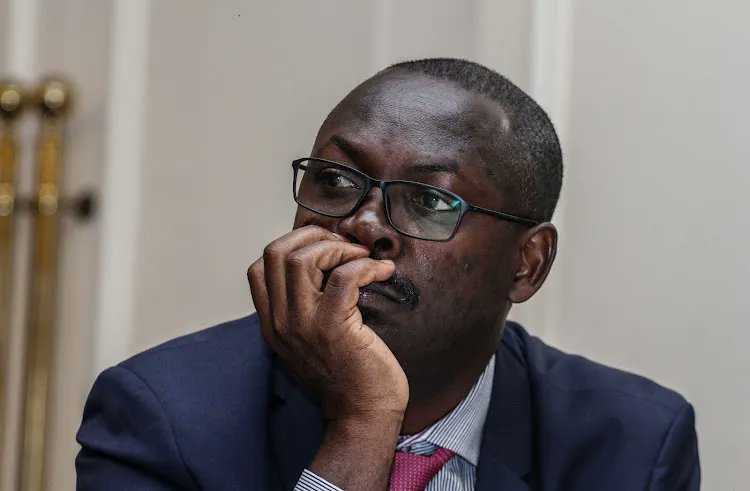Government launches flexible health insurance payment plan to boost access for informal sector

Known as Lipa SHA Pole Pole or Lipa SHA Mos Mos, the system allows Kenyan households, especially those in the informal sector, to pay their annual health insurance contributions in flexible instalments.
The government has introduced a new health insurance payment system designed to ease the financial burden on informal sector workers while improving access to quality healthcare services nationwide.
Dubbed Lipa SHA Pole Pole or Lipa SHA Mos Mos, the system enables Kenyan households, particularly those in the informal economy, to remit their annual health insurance contributions through flexible instalments.
More To Read
- Private hospitals protest delayed SHA claims, say most facilities in distress
- MPs demand urgent talks between SHA and healthcare providers over transition bottlenecks
- Senate asked to investigate Health Fund inequality and costly Green Park underpass
- Taita Taveta boosts healthcare system, urges workers to uphold professionalism
- SHA announces 65 job vacancies as 225 former NHIF staff remain in limbo
- Court rules ex-NHIF staff to retain salaries after SHA transition
Speaking during the 62nd Madaraka Day celebrations held at the Raila Odinga Stadium in Homa Bay County on Sunday, President William Ruto said individuals can choose to pay daily, weekly, or monthly, depending on their financial capacity.
He said the rollout of Lipa SHA Pole Pole has been made possible through a multi-agency partnership involving the Ministry of Health, the Ministry of Cooperatives and MSMEs, mobile network operators and financial institutions, working jointly through the Hustler Fund framework.
“To address persistent challenges such as irregular premiums and other contributions among informal sector workers, we are introducing an innovative and inclusive payment solution. It ensures families maintain continuous health coverage without financial strain, while simultaneously promoting the sustainability of the health insurance fund,” Ruto said.
He said the payment system is simple and user-friendly, as citizens can dial *147# and follow the prompts to enrol and begin their contributions immediately.
New sign-ups
According to the President, over 23 million Kenyans have registered with SHA since October 2024, with an average of 50,000 new sign-ups daily.
He noted that SHA is also committed to settling claims promptly to prevent denial of services due to lack of funds.
Ruto said Sh43 billion has been disbursed so far in claims to health facilities, enabling over 4.5 million Kenyans to receive fully covered treatment. Additionally, he noted that free emergency care is now accessible at all health facilities across the country.
“Ladies and gentlemen, word is beginning to get out throughout the nation that SHA is working, by which citizens mean that the transition challenges and teething problems are now behind us, and Universal Healthcare Coverage is now serving Kenyans and leaving nobody behind,” he said.
Informal sector enrollment
As part of the reform agenda, Ruto noted that the authority is prioritising the enrollment of all Kenyans, particularly those in the informal sector, who have historically faced barriers to accessing insurance.
He said 1.7 million informal sector households have already successfully enrolled and paid for the new social health insurance, marking a record achievement in Kenya’s history for informal sector coverage.
To improve the quality of healthcare services, Ruto said the government has also begun overhauling the supply of essential medical equipment to public hospitals.
In a to move away from the criticised Managed Equipment Services (MES) model, which placed the burden of maintenance and service delivery solely on counties, the head of state said the government has adopted a new model under the National Equipment Supply Programme.
Through this framework, he said the national and county governments are working collaboratively to directly engage equipment manufacturers and suppliers.
“Equipment will now be distributed based on county-specific needs, and payments will be made on a fee-for-service basis aligned with the gazette tariffs. This output-based financing mechanism ensures that facilities are reimbursed only for actual services rendered,” he said.
“It enhances accountability and guarantees the availability, functionality, and quality of medical services across public health institutions.”
He emphasised that these reforms are part of a broader strategy to build a responsive and equitable healthcare system that leaves no one behind.
Top Stories Today





